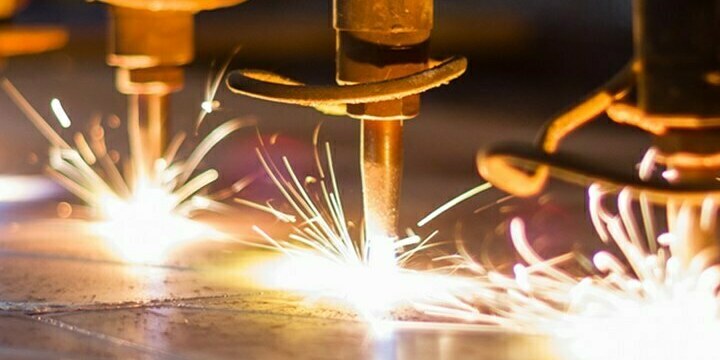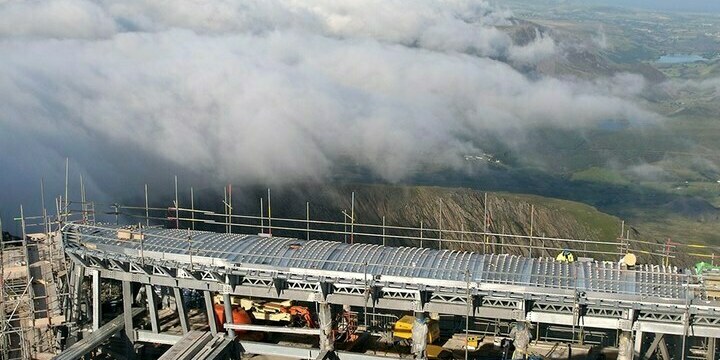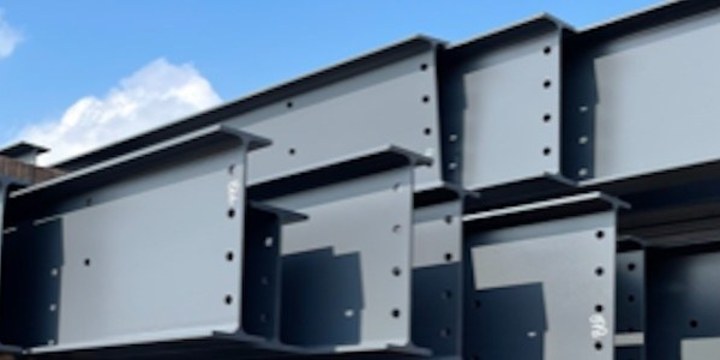A QUICK GUIDE TO ALL STEEL GRADES AND SIZES
Download a list of all the grades and sizes stocked as standard by Murray Plate.
When it comes to major construction projects such as buildings, bridges and major infrastructure schemes, the grade and finish of steel you need to specify will depend on how you intend to use your components.
The properties of structural steel come from both its chemical composition and the way that it is made. As a consequence, structural steel has to meet industry standards for both dimensional tolerance and composition.
Therefore, depending on your intended application and project you need to assess the material and chemical composition of your specified steel as these will affect minimal yield and tensile strength.
Iron, carbon and manganese are the main chemical components of structural steel, the other additives being phosphorous, silicon, chromium vanadium and tungsten. After iron, carbon is the most important element in structural steel – hence why they are also known as carbon steels. Carbon steels are stronger but have reduced ductility, whereas steels with a lower carbon content enable easier welding. The balance can be tricky which is why it’s important to specify the correct steel for its intended application.
The addition of manganese is essential for good machinability and helps avoid cracking and splitting during the rolling process. Phosphorus, meanwhile, increases tensile strength but too much can make the steel brittle.
To ensure the integrity of structural steel and its usage, most steels used throughout Europe are specified to comply with the European standard EN 10025 but many national standards also remain in force.
Structural steel grades are denoted by an ‘S’ before their grade, with the scale of numbers denoting chemical content by % of weight. This helps you achieve the right balance between yield and tensile strength.
Download a list of all the grades and sizes stocked as standard by Murray Plate.


